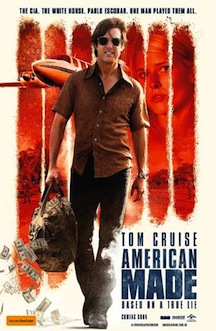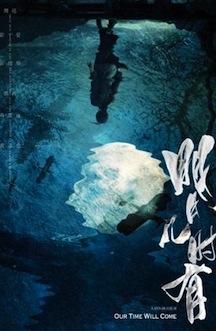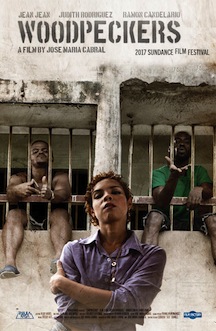Directed by Denis Villeneuve
Country: USA
The most awaited sequel to the acclaimed science fiction thriller “Blade Runner”, dated from 1982, is now out by the hand of prodigious French Canadian director Denis Villeneuve. He had already shown a knack for the sci-fi genre with the understated yet magnetizing “Arrival”, and now managed to assure this new, well-told, and utterly satisfying “Blade Runner 2049”. The script was penned by Hampton Fancher, who was also co-responsible for the preexistent fictional account, and Michael Green, writer of “Logan” and “Alien: Covenant”.
The film starts quietly and finishes with a nerve-wracking excitement, using straightforward methods that distinguishably eschewed narrative obscurity or any type of sloppiness in its smallest detail.
32 years have passed since the happenings displayed in the first installment and the LAPD ‘Blade Runner’ named 'K' (Ryan Gosling), moved by an acute curiosity and inflexible sense of truth, digs in prohibited matters and unveils a secret that can lead to catastrophic consequences. As a very special Nexus-9 replicant, a bioengineered human, he enjoys the strong sensation of real life and human comfort felt in every interaction with Joi (Ana de Armas), his treasured holographic girlfriend.
Tenacious in will and assertive when it comes to act, 'K' contests absolute truths, stalks explanations while wallowing in ruined cities, and uses vague memories from his childhood to track Rick Deckard (Harrison Ford), a former ‘blade runner’ whom he suspects to be his father. After a complicated first contact, the solitary ‘runners’ ultimately get along, enjoying the elucidative conversations and the company of each other. However, they will have the obnoxious Niander Wallace (Jared Leto), the super-weird CEO of the current leading manufacturer of replicants, hunting them down. The latter orders his loyal, unblinking, and highly efficient executioner, Luv (Sylvia Hoeks), to exterminate them from the face of this unilluminated Earth they live in.
Astute and functional in the way it was mounted, “Blade Runner 2049” shines with fantastic performances by Gosling, Hoeks, and Ford, and also impresses on the visual side, thanks to the incalculable efficiency of Roger Deakins, the British director of photography who has been working for the Coen brothers since the unparalleled Barton Fink.
Not being the astounding masterpiece that everybody wanted it to be, the film still rises to the occasion, producing moments of sheer fascination, maintaining high levels of consistency in its narrative, and creating excitement through gimmick-free action scenes which were carefully designed to prevent excesses.




























































